A Unique Aspect of New York City’s Building Sales Market
Across the United States, occupied commercial real estate assets generally have more value that vacant buildings. Sellers rarely list vacant buildings for sale unless there is some level of distress associated with them or a change of use would result in a higher and better value. Top of Form
When the owner leases the vacant building, they might list it on the market for sale as its value significantly rises when it is full of tenants and generating income.
In New York City, and especially in Manhattan, this dynamic does not apply and is, in fact, reversed. Here, vacant properties are worth more than leased properties and this is particularly true for properties having less than 100,000 square feet.

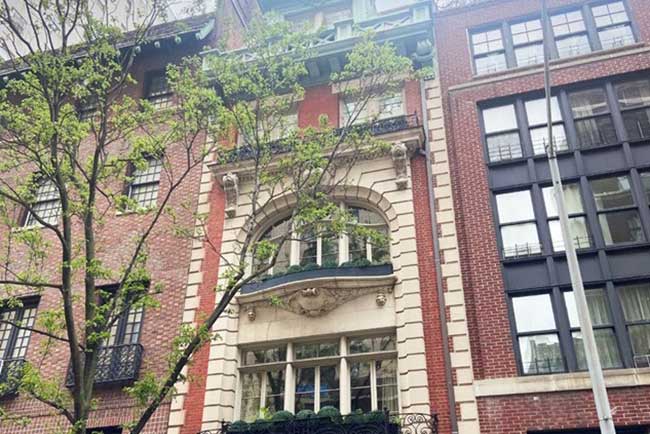

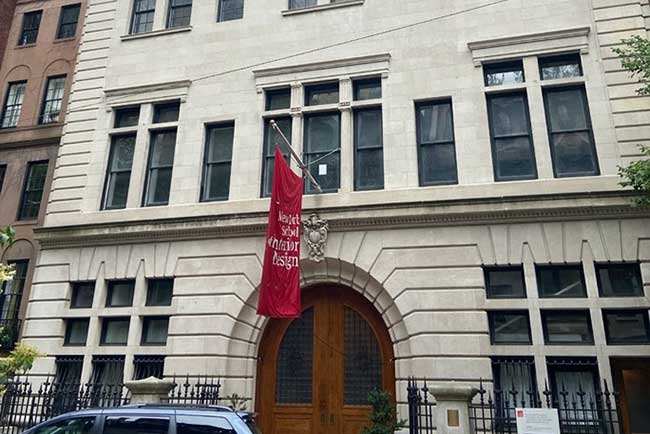
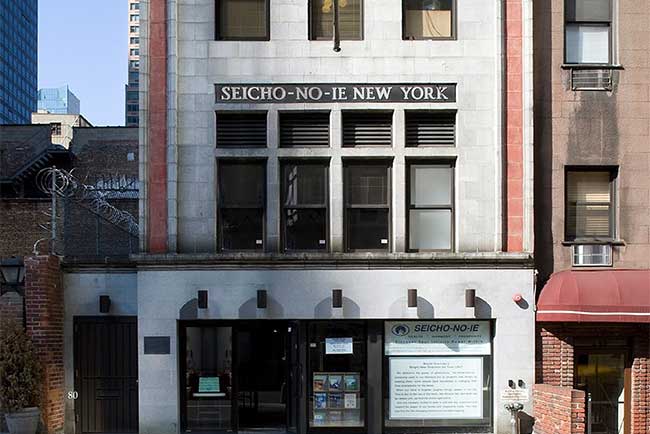

The Emergence of the ‘User Premium’
Why is it that vacant buildings are worth more than occupied buildings in Manhattan? The answer is simple: ‘user’ buyers, those intending to occupy all or a portion of the building for their own use, typically purchase vacant buildings in Manhattan. And the difference between what they pay and what an investor is willing to pay for the property is the “user premium.” Many participants in the market credit my previous partner and best friend, Paul Massey, and me with coining the phrase “user premium.” This is because, at the beginning of our careers in 1984, most of the properties we sold were small vacant commercial buildings for which we found user buyers who paid significant premiums above what investors were willing to pay.
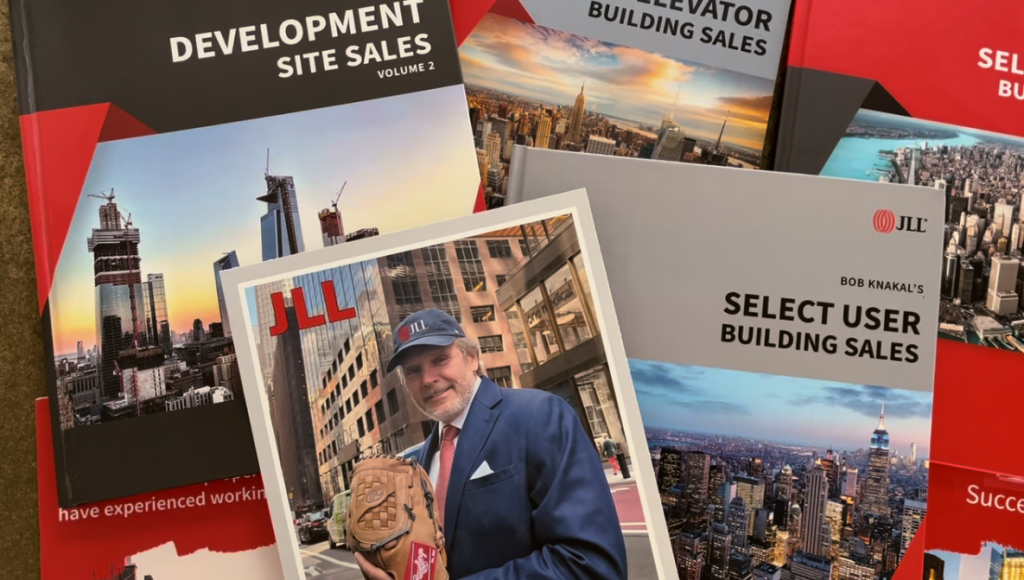
Pioneering Transactions: Setting the Stage
In fact, our first two transactions were user deals. Our first sale in 1985 was of 1421 Third Avenue, a vacant 14,400 square foot furniture showroom building that we sold to American Medical International for the first MRI facility in New York City. AMI paid $3,180,000 or $220 per square foot. The offers from investors at that time were maxing out at $2.6 million or about $180 per square foot. The user paid a 22 percent premium above what investors were willing to pay.
Our second deal was the sale of 36 East 61st Street, a 12,000 square foot, vacant, five story commercial townhouse that was part of the development site purchased by Leonard Stern for the construction of 667 Madison Avenue. Mr. Stern wanted to spin the property off, and he retained us to market the property. We sold that building to the Ebel Watch Company for $3,625,000 which was $302 per square foot. The investor offers there peaked at $2,850,000 which was $237 per square foot. This sale reflected a 27 percent user premium.
After these two transactions, the “user premium” was born. We started to impute a user premium in our broker opinion of values, which was a percentage above what the investment value was, to determine what a user would be willing to pay for a vacant building in Manhattan.
The Pandemic’s Silver Lining: An Opportunity for In-depth Market Analysis
One of the things the pandemic afforded me the opportunity to do was to walk and/or drive to every block in Manhattan to look at all the properties that were under construction and to log every potential development site in Manhattan. I have since broken that data down into how many office buildings are under construction and how many square feet they contain; how many hotels under construction, and how many hotel rooms; how many rental apartments and how many condominiums. This information has been invaluable in terms of determining what future supply looks like and how this is going to impact land values and asset values moving forward.
A Deep Dive into User-Building Sales
In the same way, the pandemic afforded me the opportunity to take a deep dive into one of the most misunderstood market sectors in the market today: user-building sales. I have reviewed the comparable sales books going back to 1984 and have studied the 969 user property sales that have closed in Manhattan during the past 37 years. There are different buckets these user properties have fallen into: retail properties, including retail condos and coops, residential properties and commercial/ office properties. We placed all the user sales into one of those three buckets and then compared the average price per square foot of the user sales in the bucket to the average prices per square foot of the non-user sales within those buckets. This is how we derived the user premiums for each year. While the user premium has varied year to year, the average user premium paid over the past 36 years has been 16 percent.
Understanding Why Users Pay More
We asked ourselves the question: Why do users pay more than investors do for a particular property? The answers were numerous.
- The user buyer typically takes immense pride in owning the building they acquire. The ‘Brass Plaque’ is often among the first items the user buyer places on the property. We observed several corporate brochures featuring a photo of their headquarters building on the cover.
- The user buyer has the option to depreciate the cost of acquisition and the renovation cost invested in the property, creating a tax advantage (as with all tax matters, please consult your accountant for specifics).
- The tenant doesn’t have to worry about lease expiration exposure and being at a property owner’s whim when their lease expires. Some users have been operating out of the same facility for many decades and have never had to think about moving – unless they wanted to.
- There is an element of privacy that the user achieves by being in their own self-contained facility. There are almost always no other tenants in the building and the user can control their own environment and the security within that environment.
- The user benefits from the appreciation achieved over the holding period. Many of these user-buyers experience a significant increase in the value of their investment, especially if they own the asset for an extended period. We sold many properties for users, and the value of those properties increased many times over what they paid for them. And who purchased these properties? Other users, of course!
In our 37 year study, we analyzed the buyer pool for these user sales. We looked at what type of user buyer purchased each asset to get a sense of what groups were the most active within this sector of the market.
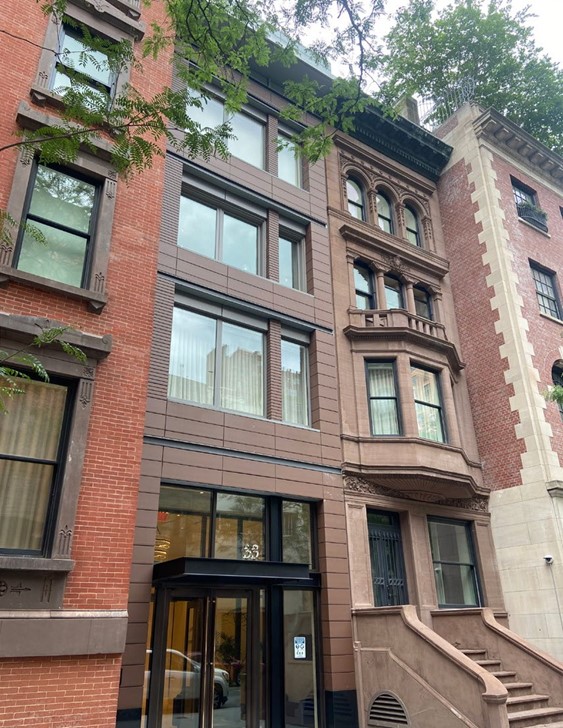
Analyzing the Buyer Pool
Not surprisingly, the most active type of user buyer over the past 37 years has been Retailers. Retailers narrowly edged out the second most prominent user type in our study and accounted for 199 out of the 969 sales in our study or 20.54 percent of the statistical sample. Educational organizations closely followed, representing 20.43 percent of the sales volume.
The next group on the list was Corporations, who represented 16.82 percent of the sales. The next two groups logged in at 10.63 percent and 10.22 percent respectively, those being Non-Profit Groups and Religious Organizations. Foreign Governments and Healthcare related groups were the next two representing 6.81 percent and 6.3 percent of the sample, respectively. Rounding out the field were Cultural Organizations, Family Offices, Unions, Private Clubs and Manufacturing Companies.
Maximizing Sales through Strategic Buyer Engagement
After completing this study and understanding the proclivity each buyer type must purchase within the user market, we created comprehensive lists of companies and organizations within each type to have highly accurate potential buyer lists for any of the user properties that we bring to the market.
These lists have allowed us to quickly and efficiently access the user groups that are most likely to purchase a particular asset and have been an instrumental tool for us to achieve those user premia for our clients.
Considering the opaqueness of the user market in New York City, the value of these insights is tremendous and will allow for our clients to more fully understand user market dynamics to take advantage of them and maximize the results of their investments.






